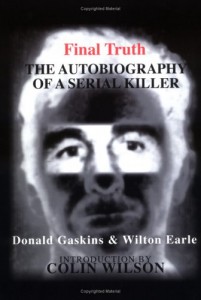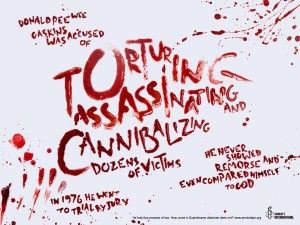In our class discussion of The Bell Jar, the question came up about how a memoir is specifically feminist or universally relatable. We debated whether a book could be feminist without being instructive, and can a feminist story be relatable to all humans of every gender?
I immediately thought about Barbara Hammer’s memoir. Hammer is an extremely prolific and accomplished experimental film maker and lesbian activist who has been doing work in the community since the 1970’s. Her memoir is entitled Hammer! Making Movies Out of Sex and Life.
The second question that followed, the one about how an author can create recognizable content when talking specifically about their own life, in particular reminded me of my favorite quote from Hammer: “Radical content deserves radical form.” (176)
How can a feminist story be relatable? And does work need to be relatable to be understandable? An interesting thing about Hammer’s assertion that radical content deserves radical form, is that it asks us to think about the relationship between form and content in all art forms. In The Bell Jar, if Plath is not asserting feminist values herself, is the work feminist via the explanation and detailing of horrendous sexism? In class we arrived at some agreement that we can relate to the protagonist and her specific experiences of sexism without needing to have experienced them ourselves. (Similarly we discussed in an earlier class that we related to Heaven’s Coast even when we hadn’t lost a partner to AIDS.) We seem to be quite concerned about relating to the specific life contained in the life writing we studied!
But Hammer’s questions took me to still another place. I started wondering if a feminist memoir could be both radical and follow the traditional narrative form. Is, for instance, a certain story of Genius and Genius’s Wife, thereby not radical because unlike Stein’s other work, it is a conventional narrative in chronological order with a plot we can follow? Or maybe The Autobiography of Alice B. Toklas does have both radical content and radical form, because it is detailing the lives of two women living as a couple and the voice is complicated by notions of actual authorship and who is really telling the story and who is the story really about. It was radical at the time to take for granted the understanding of their romantic partnership, and the complex narration of the book actually speaks to the complexity of their relationship. In this case, form and content are in kind of dialogue.
Hammer’s memoir itself is structured by decade by decade, a very conventional choice for the form of her own writing. I suspect this choice is deliberate, as she has often expressed a (very feminist) concern for her own accessibility to different audiences. “I have found that the audiences who go to experimental-film screenings are unfamiliar with the concerns of lesbian representation in film. Conversely, lesbian audiences know little about experimental cinema. In an effort to educate both audiences I talk and write about both experimental film and lesbian representation.” (198) So for the radical content of her own life, she chose a more conventional form for her memoir. Although I would like to question my own assertion of convention here, by mentioning there are tiny sexually explicit images from her 1974 film Dyketactics printed on every right-side page of the book. When you flip through the pages from cover to cover, the book’s margin serves as a flip-book version of a scene from the film. Hammer repeatedly breaks with, and sticks to, convention in order to be both relatable and feminist, to have both her content and form speak to each other.




